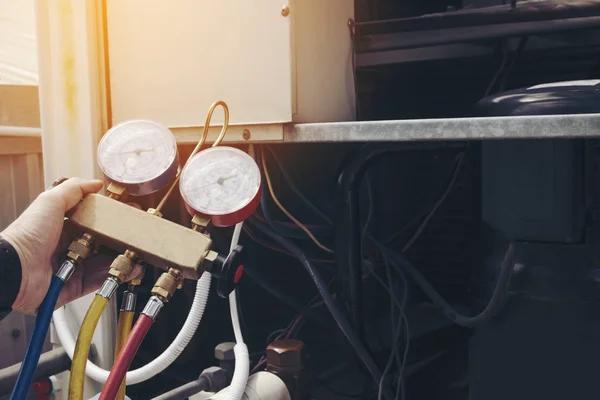In the field of electrical power distribution, transformers play a crucial role in ensuring that energy is transmitted efficiently and safely. However, due to their high voltage operation and use of flammable materials like oil for cooling purposes, they pose a significant risk of fire outbreaks. To mitigate this risk, transformer fire blast wall technology has been developed and continuously improved over time.
One key innovation in this area is the introduction of modular blast walls. These are designed to be easily assembled on-site and can be customized to fit any transformer size or shape. They are constructed from robust materials such as steel or reinforced concrete, which provide excellent resistance against both fires and blasts. The modularity aspect allows for easy transportation and installation while also enabling scalability based on specific project needs.
Another significant advancement is the incorporation of intumescent coatings on these blast walls. Intumescent material expands when exposed to heat, forming an insulating layer that protects the underlying structure from damage due to extreme temperatures during a fire outbreak. By applying this coating on transformer fire blast walls, it enhances their protective capabilities by adding another line of defense against heat exposure.
Moreover, modern designs have integrated advanced thermal management systems into these walls to prevent overheating incidents effectively. These systems monitor temperature levels within the transformer enclosures continuously using sensors and activate cooling mechanisms if temperatures exceed safe limits automatically.
The development of smart technologies has also paved the way for IoT-enabled transformer fire blast walls capable of real-time monitoring and predictive maintenance alerts about potential issues before they escalate into serious problems.
Furthermore, environmental sustainability has been taken into consideration with recent innovations in this domain focusing on eco-friendly construction materials like recycled steel or bio-based resins while maintaining superior performance characteristics.
Lastly, ongoing research is exploring new possibilities such as incorporating nanotechnology in fabricating these protective barriers for enhanced strength-to-weight ratios without compromising safety standards.
These innovations represent substantial strides towards enhancing safety measures around transformers operations. transformer fire blast wall technology has evolved from being a simple physical barrier to an intelligent, multi-functional system that not only mitigates fire risks but also contributes to overall operational efficiency.
In conclusion, the continuous improvement in transformer fire blast wall technology is crucial for the safety and reliability of power distribution systems. It is a testament to the industry’s commitment to innovating solutions that address potential hazards while optimizing performance. These advancements are set to redefine standards in transformer protection and push boundaries towards safer and more efficient power transmission infrastructures worldwide.










